
Книги 2014–2015 г.
Selected bibliography in the field of Bulgarian Studies published in 2014-2015
More...We kindly inform you that, as long as the subject affiliation of our 300.000+ articles is in progress, you might get unsufficient or no results on your third level or second level search. In this case, please broaden your search criteria.

Selected bibliography in the field of Bulgarian Studies published in 2014-2015
More...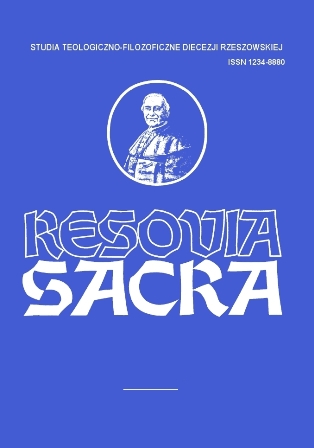
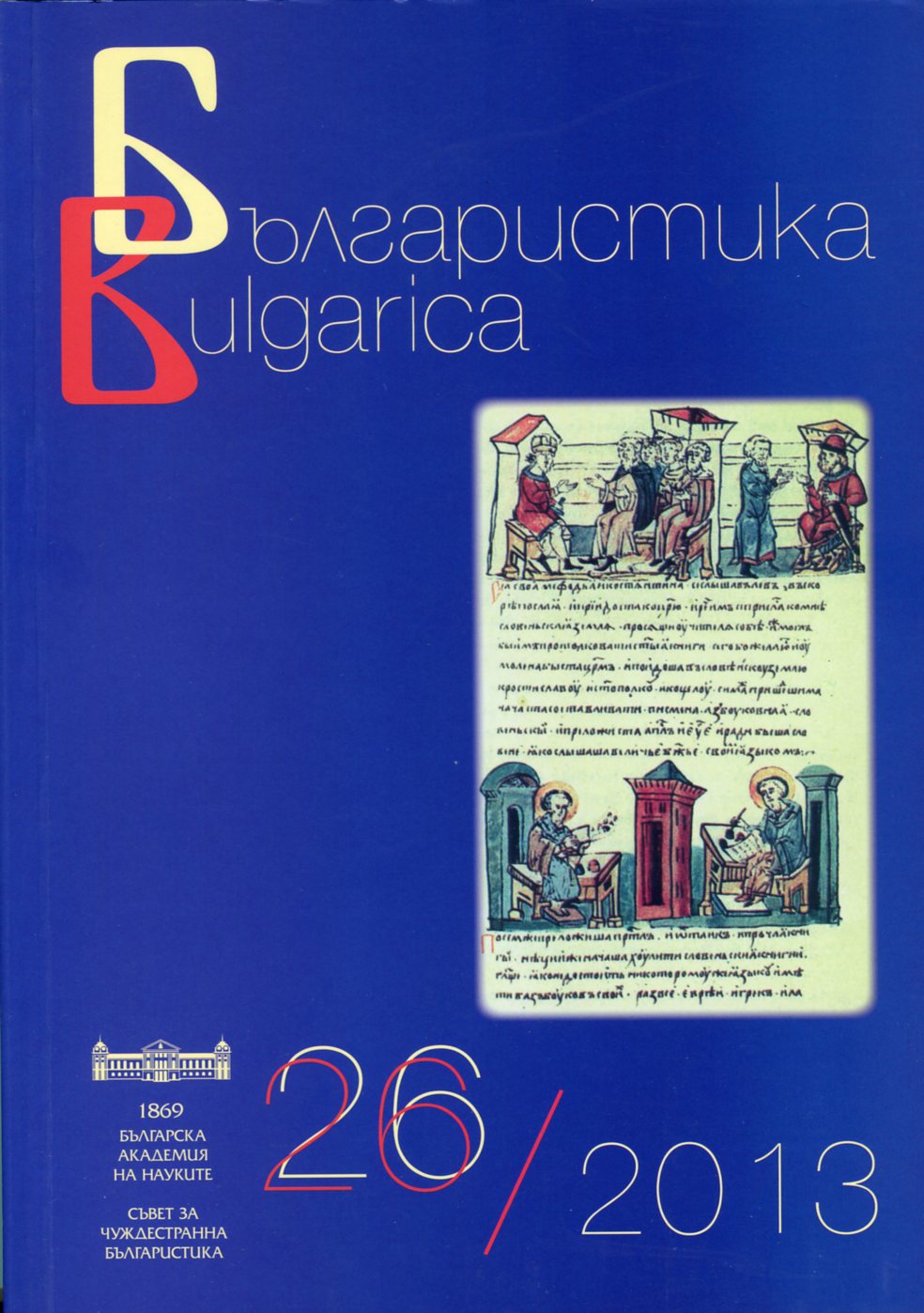
Selected bibliography in the field of Bulgarian Studies published in the current year.
More...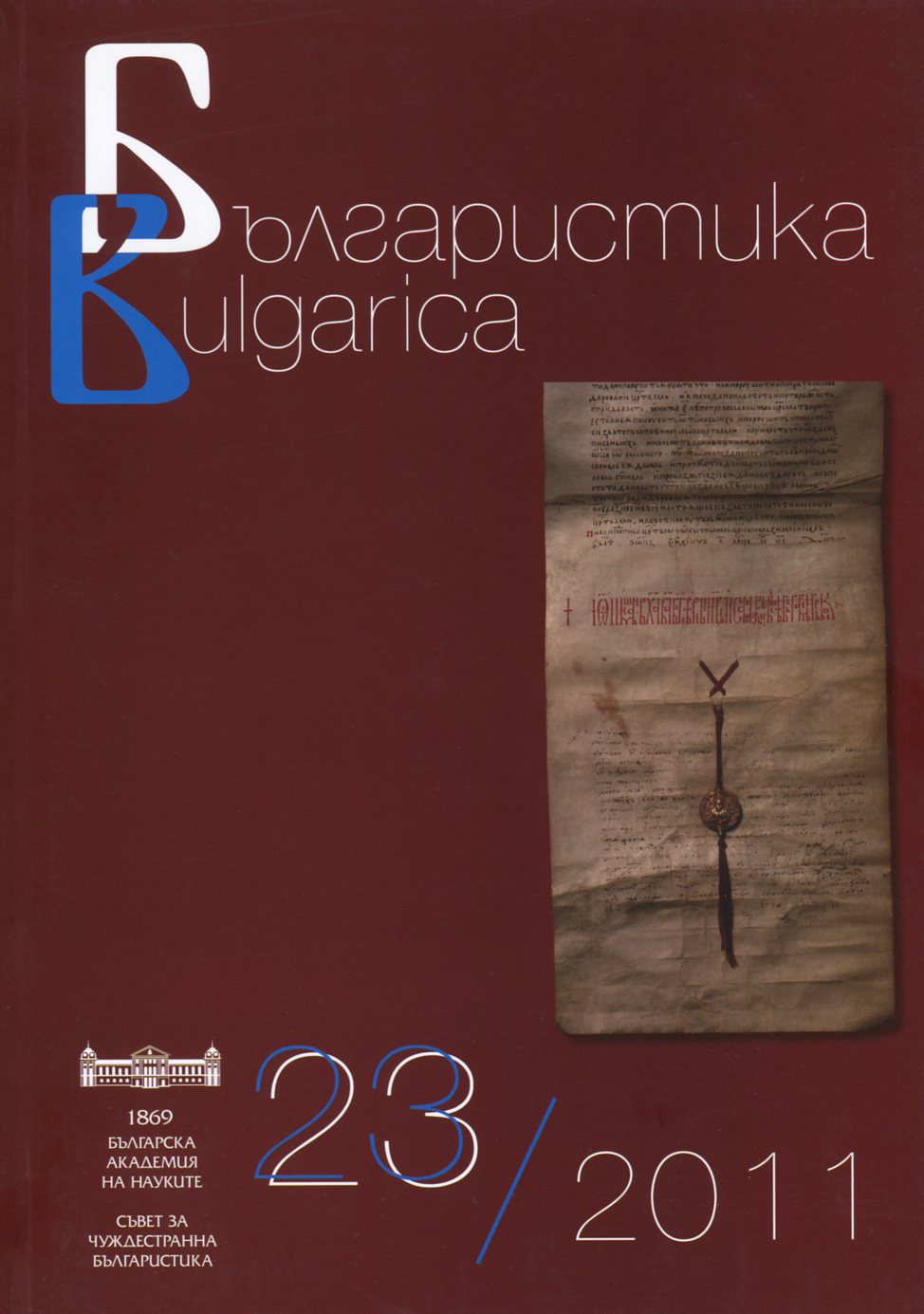
Selected bibliography in the field of Bulgarian Studies published in the current year
More...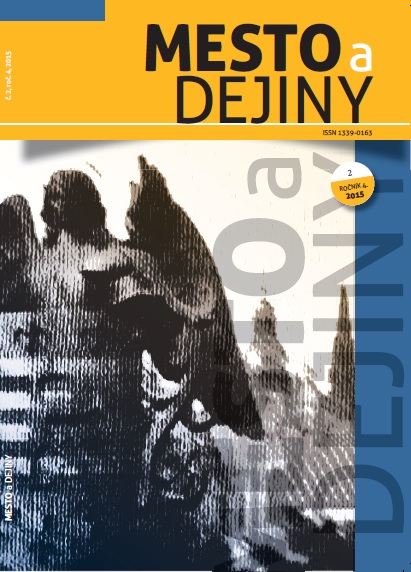
The theme of this study is to look through, identify and describe the circumstances that led to formation of the scientific knowledge of the geographical identification of flows of some rivers in Slovakia in the Middle Ages. The result is a recognition that to the lower, middle and upper streams of the rivers got the same name - hydronym. In the 13th-14th century settlers founded in the valleys of lower, but mainly in the upper parts of some rivers new villages, named by traditional names of the rivers. It happened at different times and in different locality, as in the case of Nitra, Važec, Hronec, Poprad, Torysa, Ondavka and other settlements. In the study we pay attention to group of the biggest rivers in Slovakia.
More...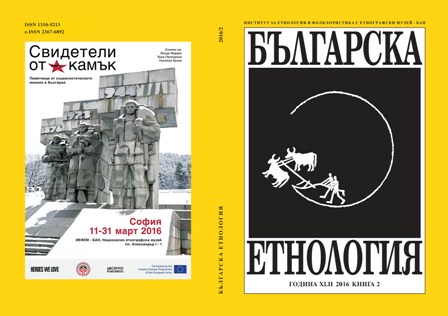
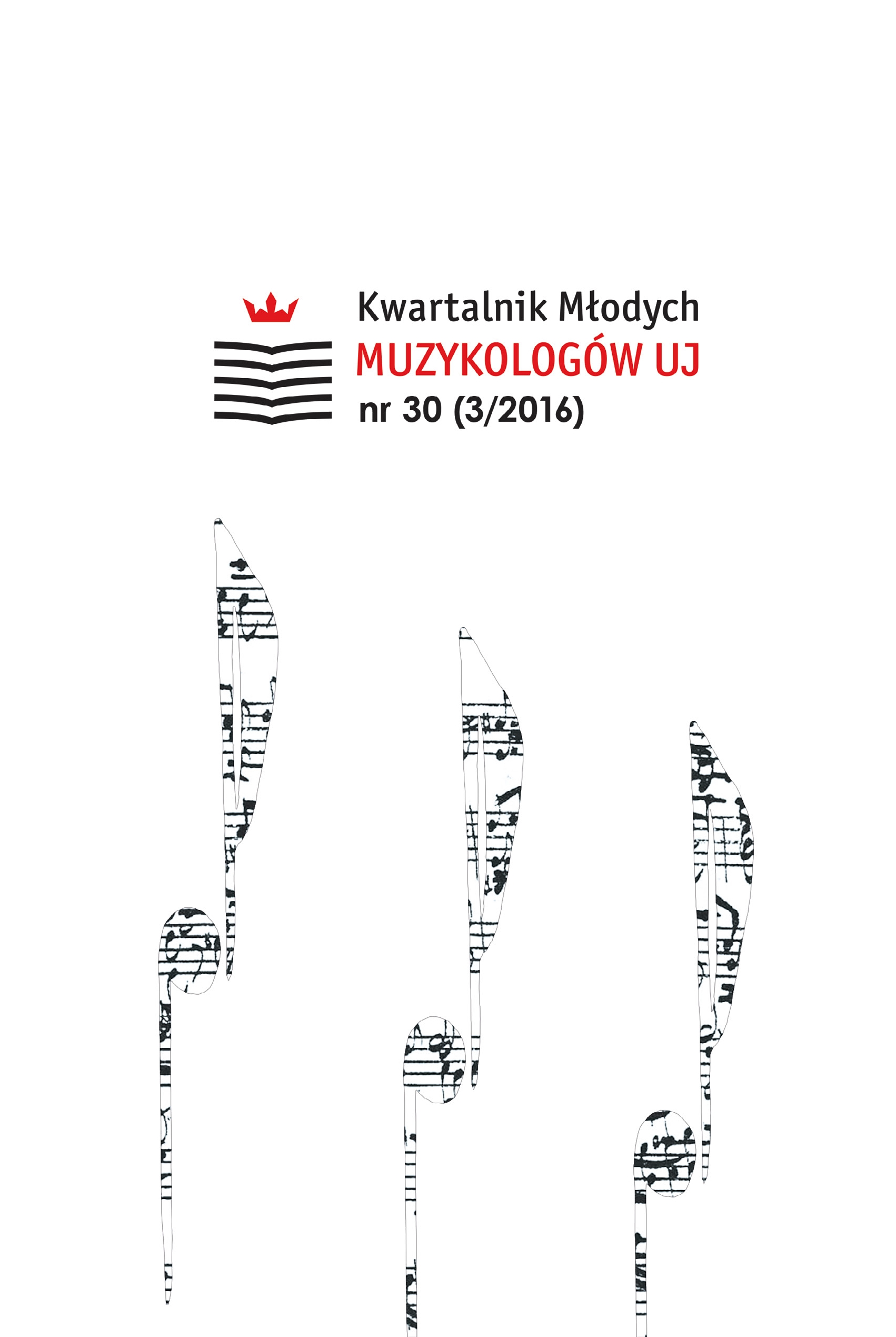
The link between silence and death has been a recurring theme of human thought and can often be found in reflections on music. Among many attempts to approach this problem, the author of this paper focuses on those done by Gisèle Brelet and Tōru Takemitsu. The “faithful companion” of music which “perpetually is born, dies and is born again” – this is one of the ways in which French musicologist describes silence. “For a human being, there is always the duality of life and death. Music as an art form always has to connect vehemently with both” – notices Japanese composer, who in another statement combines silence with “the dark world of death”. Interestingly, both Brelet and Takemitsu arrive at the conclusion that such connotations may well be the source of the fear of silence that affects some composers or performers. Despite different contexts, some analogies to their thought – like connecting silence with nothingness and loneliness – may be also found in the Canadian composer Raymond Murray Schafer’s writings, presented fragmentarily in the last subsection. The differences in the notion of the problem between the authors are, moreover, discussed in this paper.
More...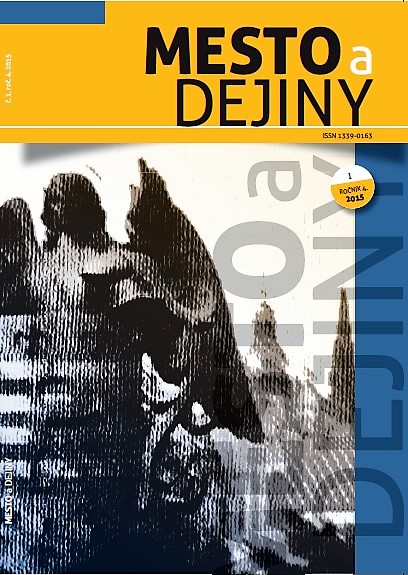
There are testaments from the 16th century preserved in Kremnica state archive. They are written in Latin, German and in one sample also in Slovak language. Last wills prepared a man for a death in spiritual and secular (division of property) way. Testaments eliminated conflict between secular property and desire for an eternal life. Formally testaments consist of several parts – invocation, intitulation, profession of faith, passages about human mortality, composing of the last will and redress of sins, heritages of property, confirmation, corroborating and date formulas. The content of the testaments is an important historical source for economic, law, culture, regional history and also history of material culture and everyday life.
More...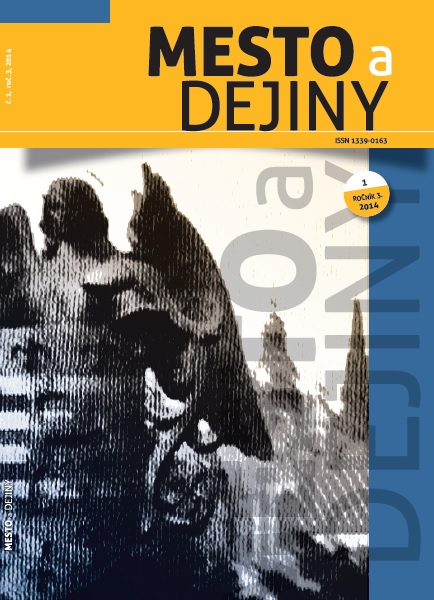
Materials about the nature of personal relationships are an important source of information about everyday life. This article bring information on daily life and attention is focused on the city of Krakow. In addition leading themes, personal relationships contain a lot of information about the difficulties with the supply and quality of housing, the attitude towards the changes taking place in the city, functioning within the official public life and privacy. The purpose of this article is not to criticize source materials such as memoirs, or reflections on the formation and functioning of the memory of the war and occupation.
More...
The aim of the author was to outline the development of the Slovak order education system on the example of three Czechoslovak order real gymnasia in Košice in the third decennium of the 20th century. It resulted in a picture of the studied gymnasia in the years 1935 – 1938. An absence of archival materials constituted a limitation to the research and processing of its results.
More...
This paper describes the political and other influences on the foundation of the University of Košice in 1657. The surprising hesitation of the Hungarian king Leopold I and the Jesuits in Vienna in particular leads to some probable interpretations. The contemporary speculations within the Austrian Society of Jesus regarding the partition of the province in two parts and establishment of an autonomous Hungarian province are in the centre of attention.
More...
The article presents the program of sexual education prepared and offered by Krakow Branch of the Planned Parenthood Association in the wider context of socio-political situation in Krakow (1956 – 1989). Since the beginning of the Association’s existence, the special attention was paid to the development of educational program, which concerned the different aspects of „family life“. The article is going to answer the questions about its goals, the educational tools used to achieve them and its social targets. To accurately determine the position of the Association in the city‘s community I will analyse its foundation and activities in wider context of the pre-war traditions of the organisation and the activities regarding premarital counselling undertaken by the Krakow Catholic Church.
More...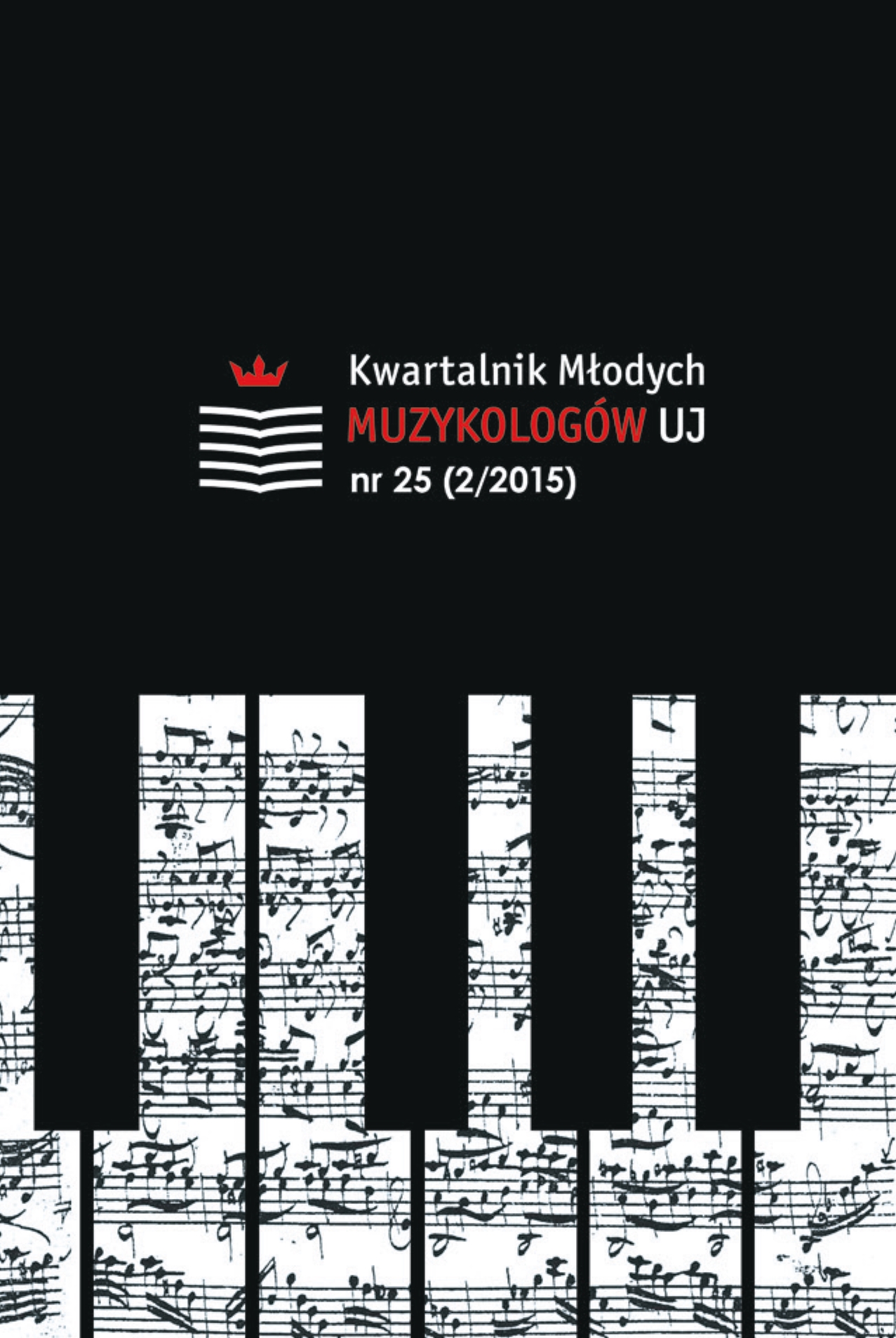
The article is a contribution to the exploration of history of Polish musical culture of the Renaissance and the Baroque period. Recognition of elementary forms of social organisation leads to understanding of the prevailing social and economical relations in those times. This article is one of the first in this topic, therefore it starts with very basic issues. A musicians guild existed in Cracow from 16th to 18th century. The article presents its history and organisation on the basis of statutes and municipal documents analysis. Simultaneously, it raises questions about circumstances of its creation and termination, welded duties and repertoire. The author questions the character of discussed association, considering to what extent it was a guild and a confraternity. The aim of the publication is to present to the reader a coherent picture of the guild, which could provide a starting point for further research.
More...
The aim of this study is to present and synthesize the image of Eugeniusz Morawski’s output as presented by the Polish press and Polish composers. Morawski is an unknown composer, absent from the concert programs. His works were performed during composer’s lifetime and caused mixed and extreme reactions from the critics. His first successful concert – performance of now lost symphony-poem „Vae victis” in Salle Gaveau, Paris, was barely noted in Polish press. The first performance of symphonic poem „Don Quichotte” in 1912 caused vivid, yet mixed reactions. An important review was written by Aleksander Poliński, who criticized Morawski for being stylistically dependent on Richard Strauss’s style. Other reviews, some of them anonymous, were positive. The composer was praised for his talent and he was predicted to become a huge success in the future. Later on, his works were infrequently performed. In 1925, the symphonic poem „Nevermore” was performed in Warsaw under direction of Grzegorz Fitelberg. The work was very well received by the critic Karol Stromenger. Yet Morawski’s greatest success was his ballet „The maid of Świteź”, presented in Warsaw’s Great Theatre in May 1931. In 1933 Morawski received for this work the musical prize from the Ministry of Religious Beliefs and Publick Enlightment, winning the competition with Karol Szymanowski’s „Symphony no.4”. The event was discussed in great detail by the press. Some of the reviewers praised this work as Morawski’s masterpiece, others criticized it as worthless and clumsily written. The ballet was presented again in 1962 under the direction of Bohdan Wodiczko. A critic and a composer Stefan Kisielewski praised the word for its great orchestral effects and eerie climate. The article also uses extracts of letters of a composer Szymon Laks, essays of Stefan Kisielewski, and unpublished material from Polish Composers Union archive – letters of Grażyna Bacewicz and Włodzimierz Sokorski.
More...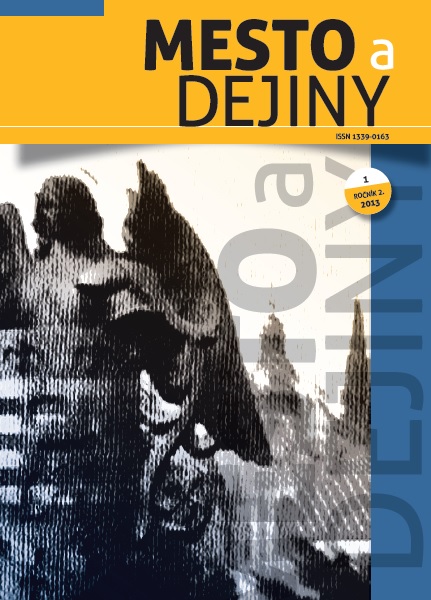
The article points out the insufficient research of the Roma people’s history in Košice. It suggests mechanic and incorrect acceptation of Roma people’s Camp locality which have neither been questioned nor verified yet. The article tries to indicate the problems of the topic de facto from the Middle Ages and problems with the distinction of the places where Roma people were settling in particular periods of their development in the suburbs. There is an urgency of consistent research of the archival material and other sources of information which are associated with this important topic.
More...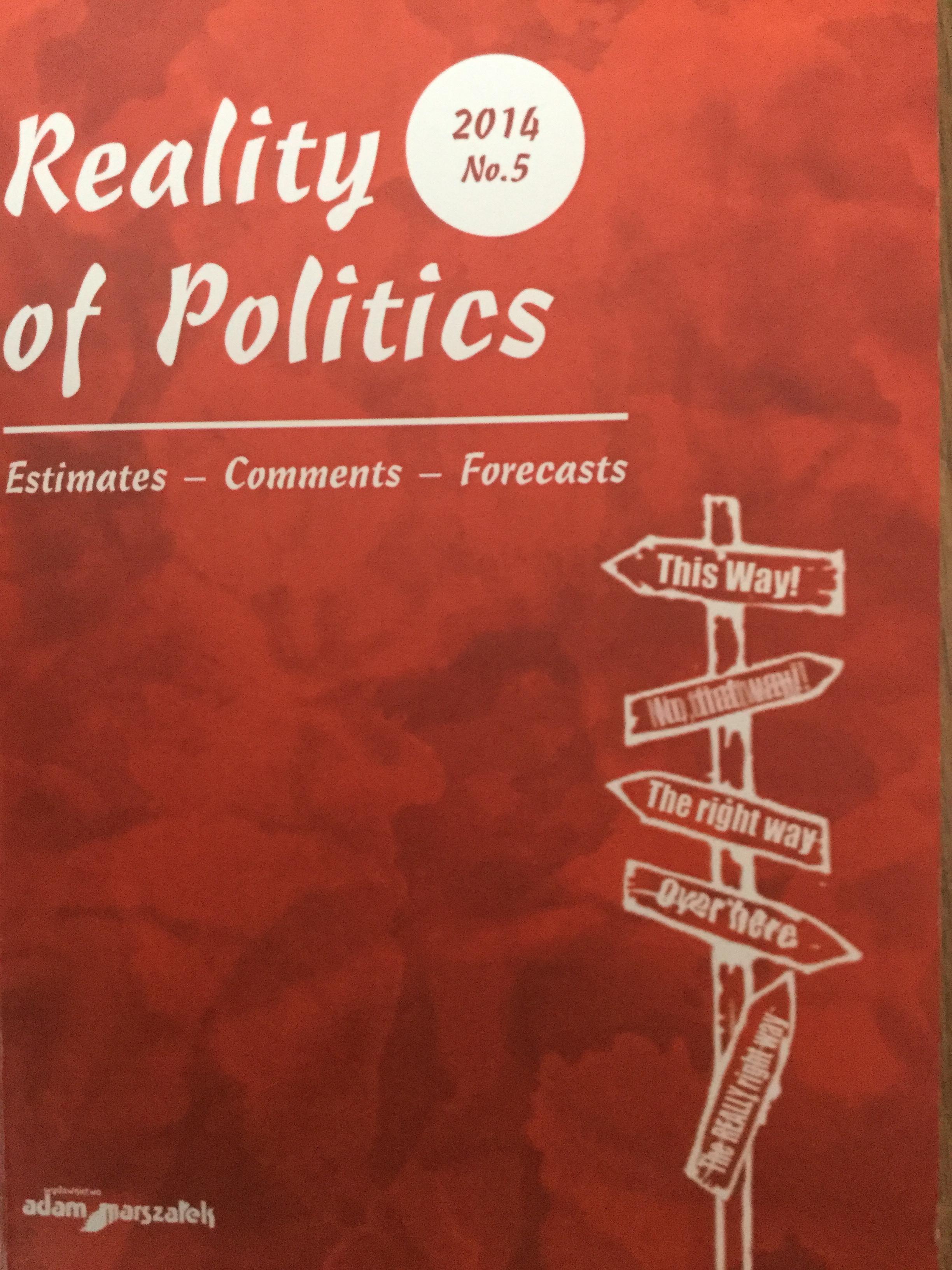
In order to describe the environment surrounding us, so complex in terms of relations resulting from using violence, we easily employ terms such as 'partisan' or 'militant', just in order to define the very same ones as terrorists a while later. Probably the benchmark of contemporary description, especially of political action is the lack of clear-cut attitudes. Terrorism is nothing new, and this statement in itself is not very revealing. However, for many contemporary researchers of this issue, there is never too much information. Terrorism has always accompanied the history of oppressive regimes as well as resistance movements and uprisings. All the same, within the anti-colonial insurrectionary movements of the mid-20th century which led to the fall of European colonial empires over a short period of time, terrorism achieved new quality. It should also be emphasized that it achieved considerable political successes compared to the social-revolutionary terrorism of the late 19th century. The attribute 'terrorist' serves as an excluding one in different relations. By employing such term, one that their cause is an unconventional one – leastways as long as specific ways of using violence are applied. On the other hand, groups classified as terrorist ones often describe themselves as partisans who are fighting for the liberation of certain social or ethnic groups and who have to employ “unconventional” methods of using force because of the military superiority of the oppressive regime. By describing certain actions as 'terrorist' one usually intends on bereaving it of every sort of political legitimation. Is there any aspect that terrorism and guerrilla actions have in common? In certain socio-revolutionary or ethno-separatist strategies of violence, the concept of terrorism consists in the idea of a 'starter' which is to create the conditions to commence the guerrilla war. There could also be groups acting as partisans on one front line, and as terrorists on the other. The example is Al-Qaeda: in Central Asia its network operated only temporarily, as a kind of guerrilla, while in the global scale it employed terrorist strategy.
More...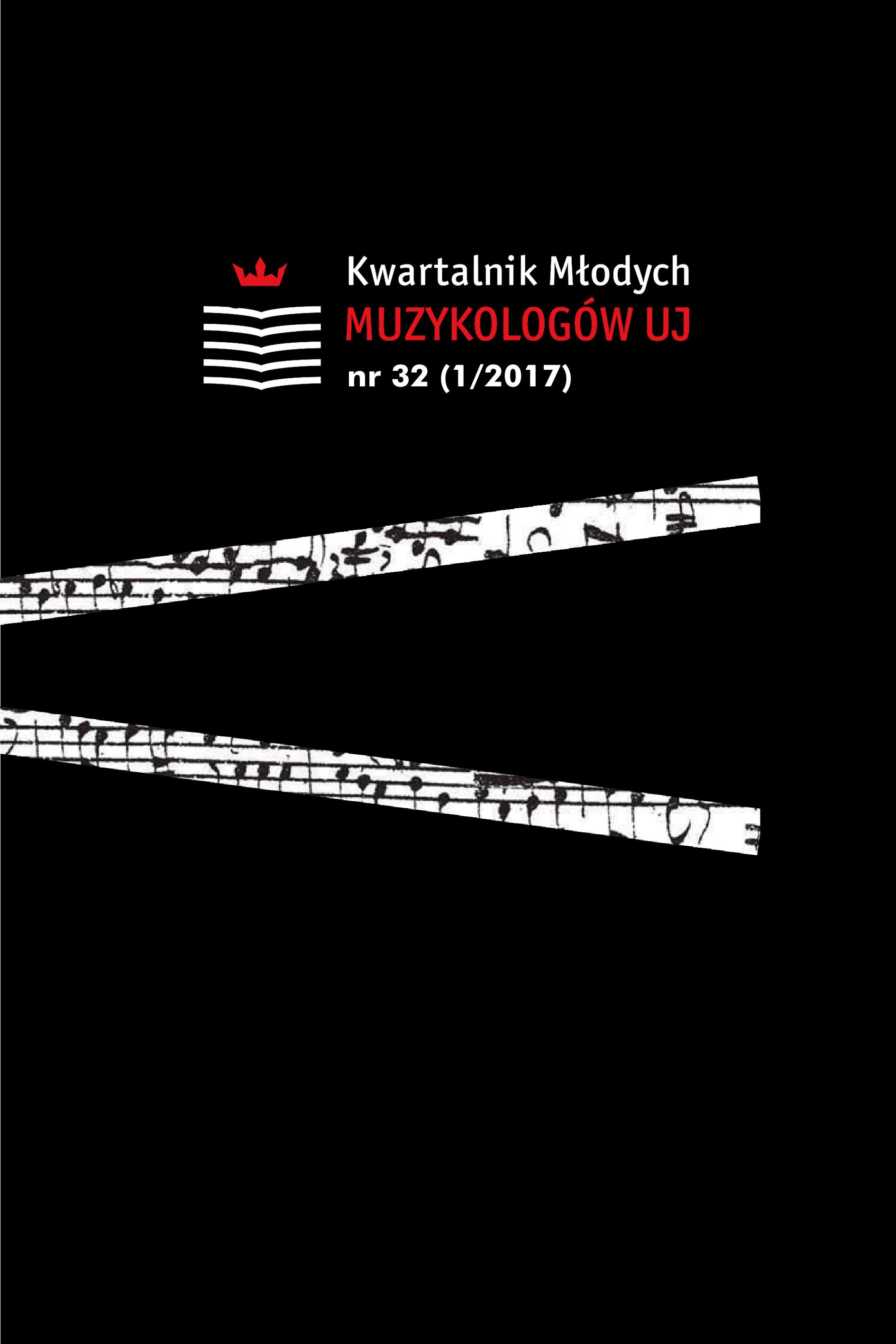
Discontinuum-continuum: the theory of composition by Julio Estrada. The Julio Estrada’s output is still the unexplored area, what creates the opportunity to study the phenomenon called discontinuum-continuum. During the last 36 years of the creative activity, Estrada has developed several aspects of the macro timbre that integrate several compounds of a composition. In his research, Estrada confronts two different situations in the compositional process: continuous transformation of the sound and chronographical method, using strictly defined recording process in order to receive three-dimensional movements of the sound in the topological order. As a result of existing these two situations, a musical work is impossible to be defined by one technique or musical style. Examination of the theory of composition called discontinuum-continuum allows one to understand a new methodology of musical creation that involves scientific research of the physical phenomenon of sound and introspection of the imagination of the sound.
More...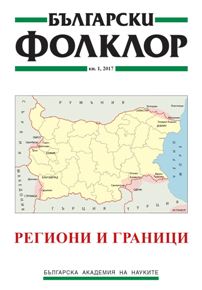
The article investigates Dobrudzha (in the political boundaries of Bulgaria and Romania) – a zone of interpenetration of identities and cultural practices among the population as a result of its long co-habitation within the Ottoman Empire on the Black sea shores and on the banks of the lower Danube River. The author uses a syncretic approach, including observation in situ allowing both for the pointing out of the “internal” multiplicity of practices connected to one or more denominations, as well as for the outlining of ‘trans-confessional’ and the ‘trans-ethnic’ similarities – healing practices, contacts with trees, stones and springs as the intermediaries of the divine. The aim is to investigate some details, as well as to reveal common places and diversity.
More...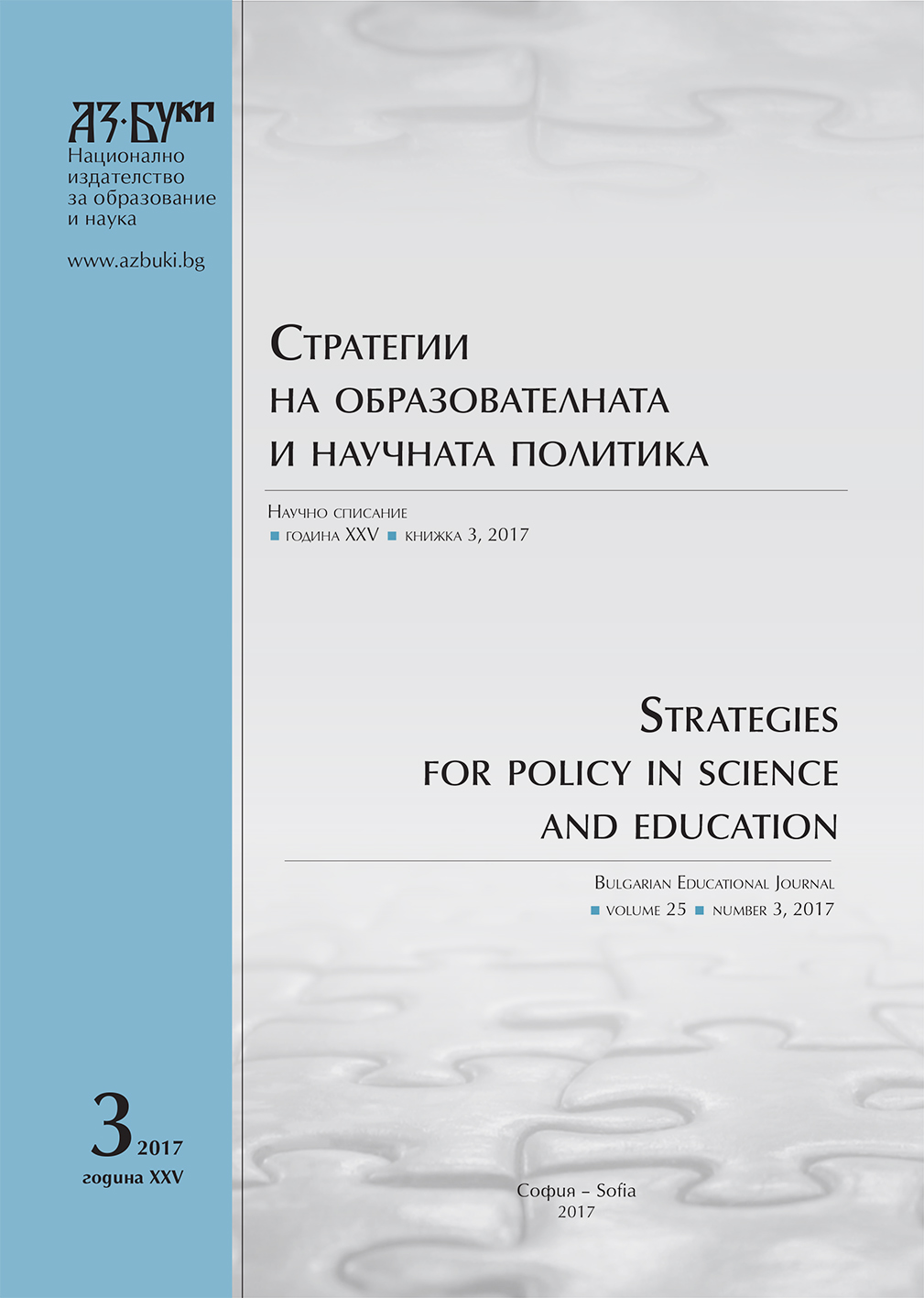
The article draws attention to some aspects of the political culture of the Bulgarian Turks. On one hand, there is a pronounced nostalgia for socialism associated with the individual security and economic stability. On the other hand, the positive assessment of European integration is understood as free access to Western European labor markets. How does the “economic” factor influence the political culture of this population at the beginning of the XXI century?
More...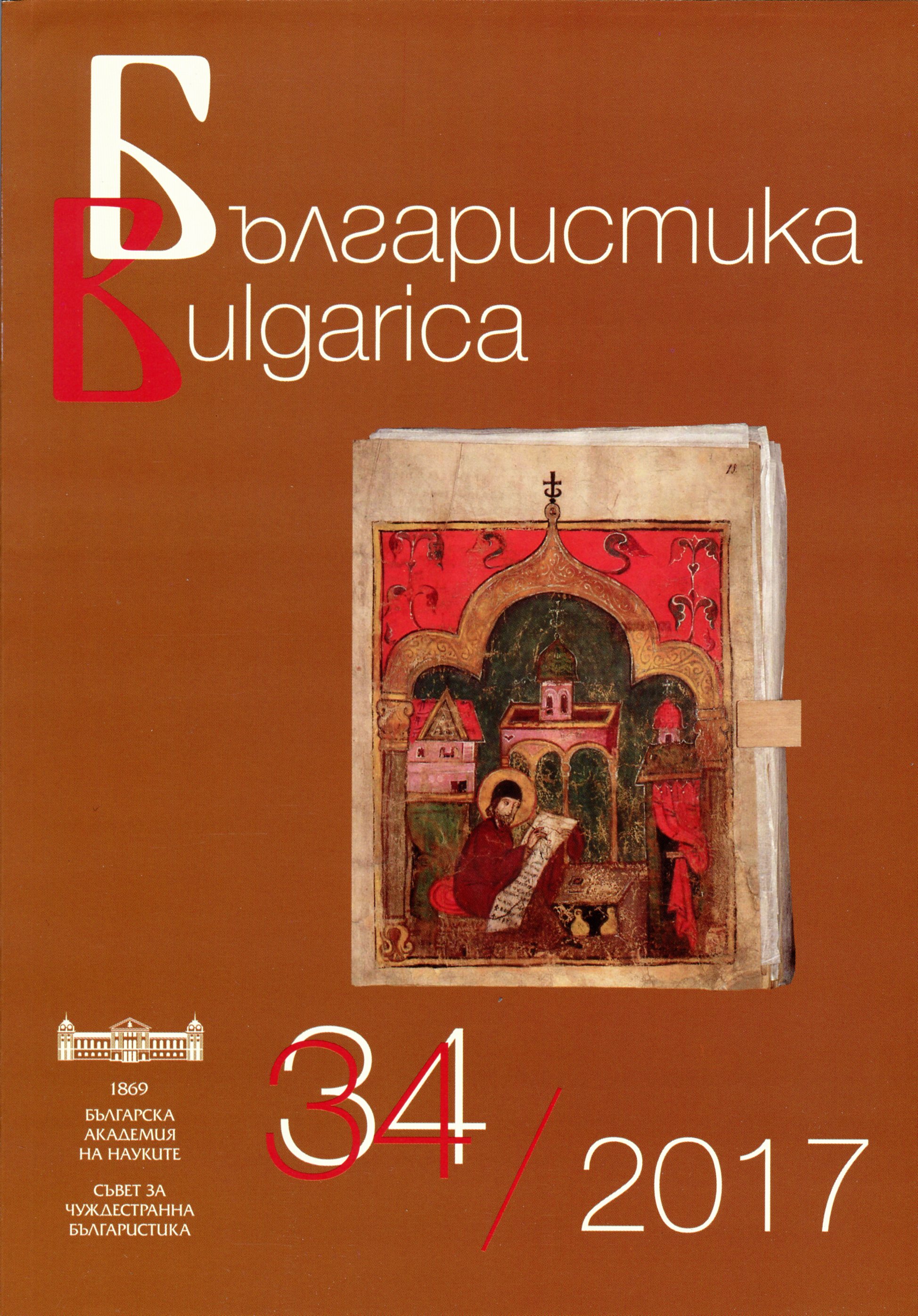
Selected bibliography in the field of Bulgarian Studies published in the current year
More...